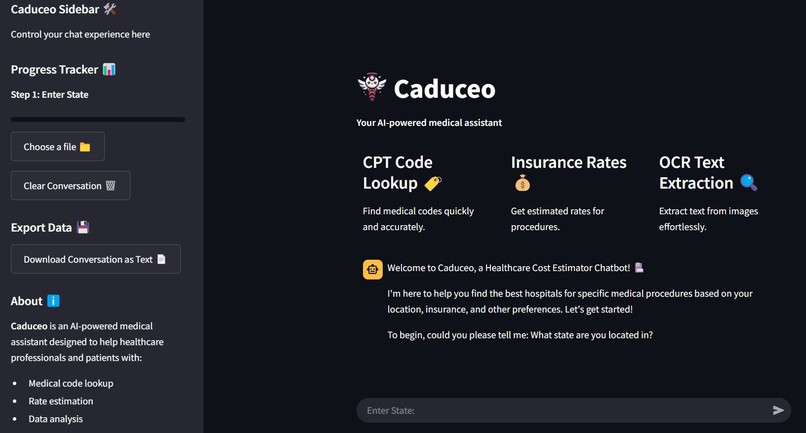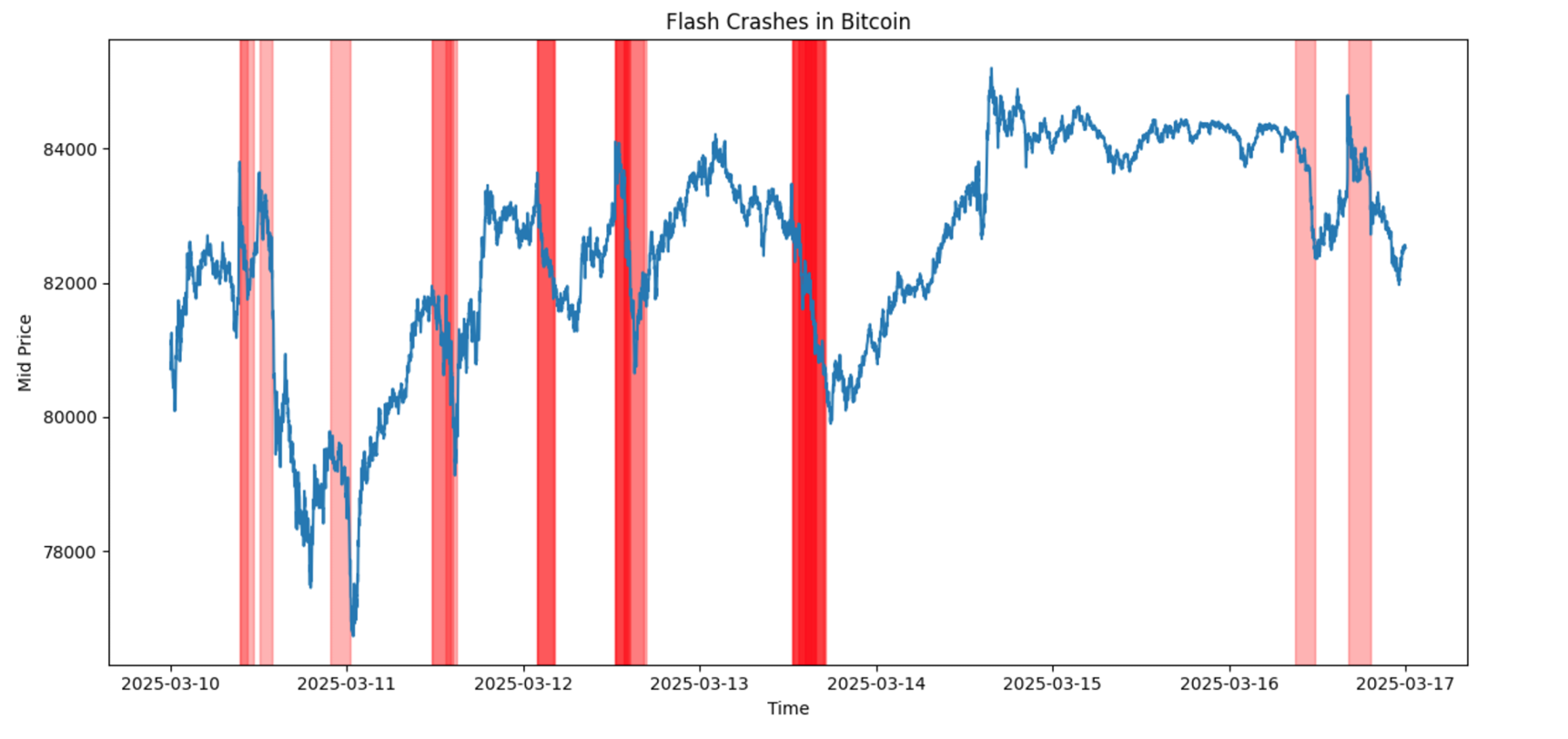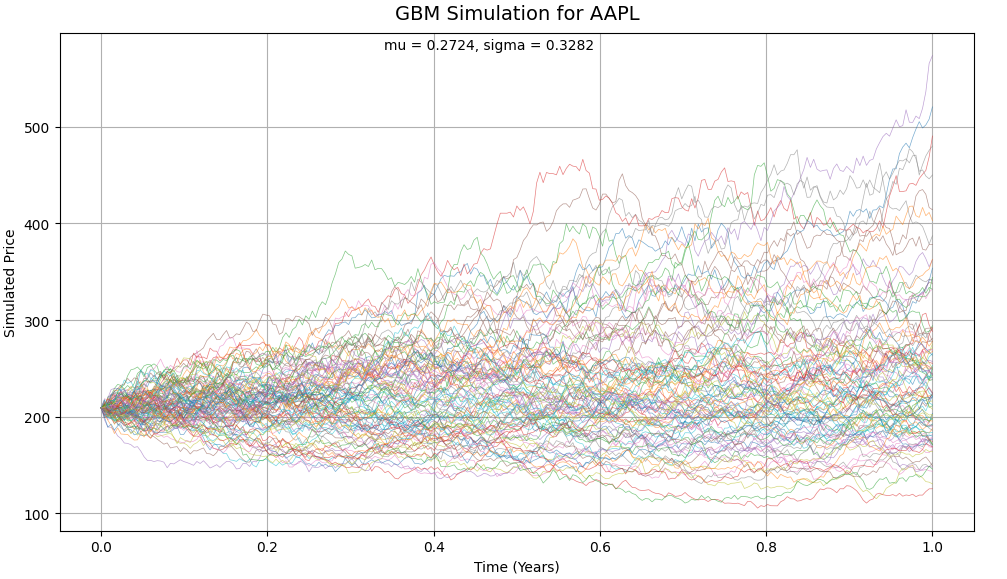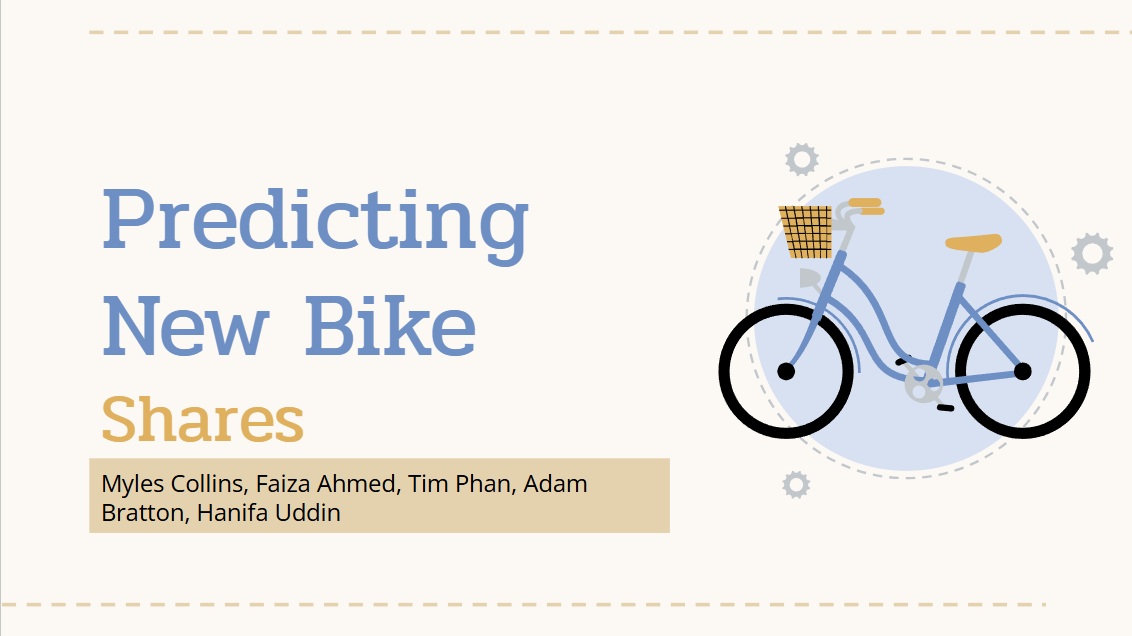Caduceo
Developed a healthcare cost analysis chatbot that leverages OCR, NLP, and machine learning to detect overcharges in medical bills, providing accurate charge classification and explanations through a conversational interface. Engineered a multimodal AI pipeline integrating Azure AI Vision for OCR, a 4-bit quantized LLaMA 3.2B model, DBSCAN clustering, and MongoDB/Snowflake, achieving a Silhouette coefficient above 0.90 for charge anomaly detection. This project earned 2nd Place in the Assurant Challenge: Revolutionize AI Solutioning with Multimodal Agentic AI, where I collaborated with a team to deliver an end-to-end solution combining large language models, clustering algorithms, cloud services, and real-time data infrastructure.



